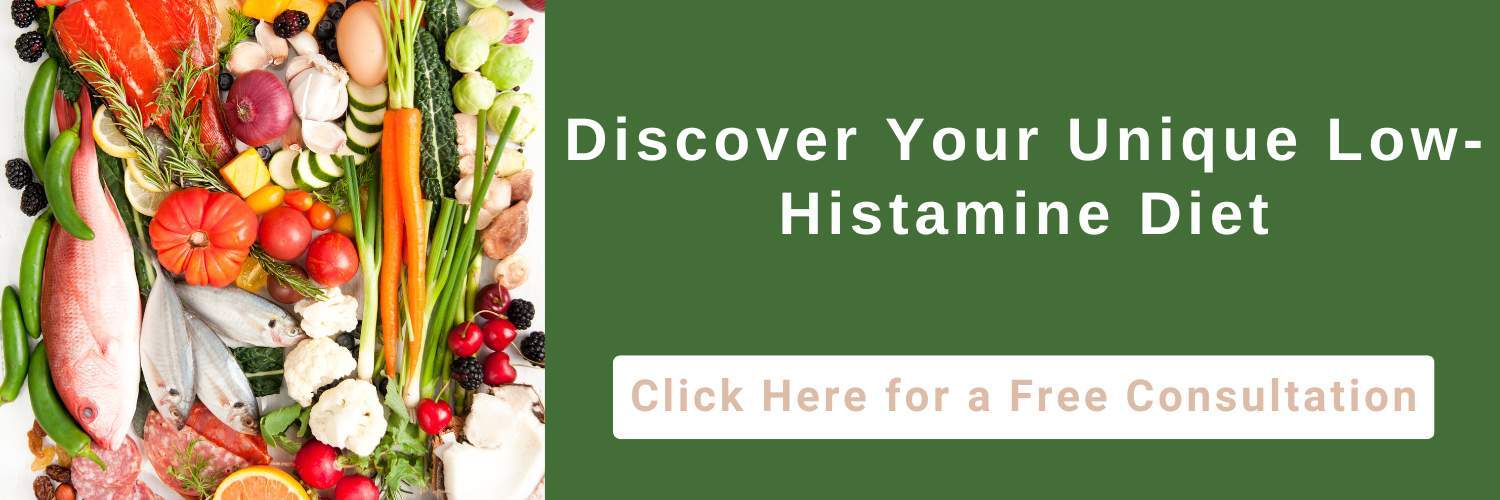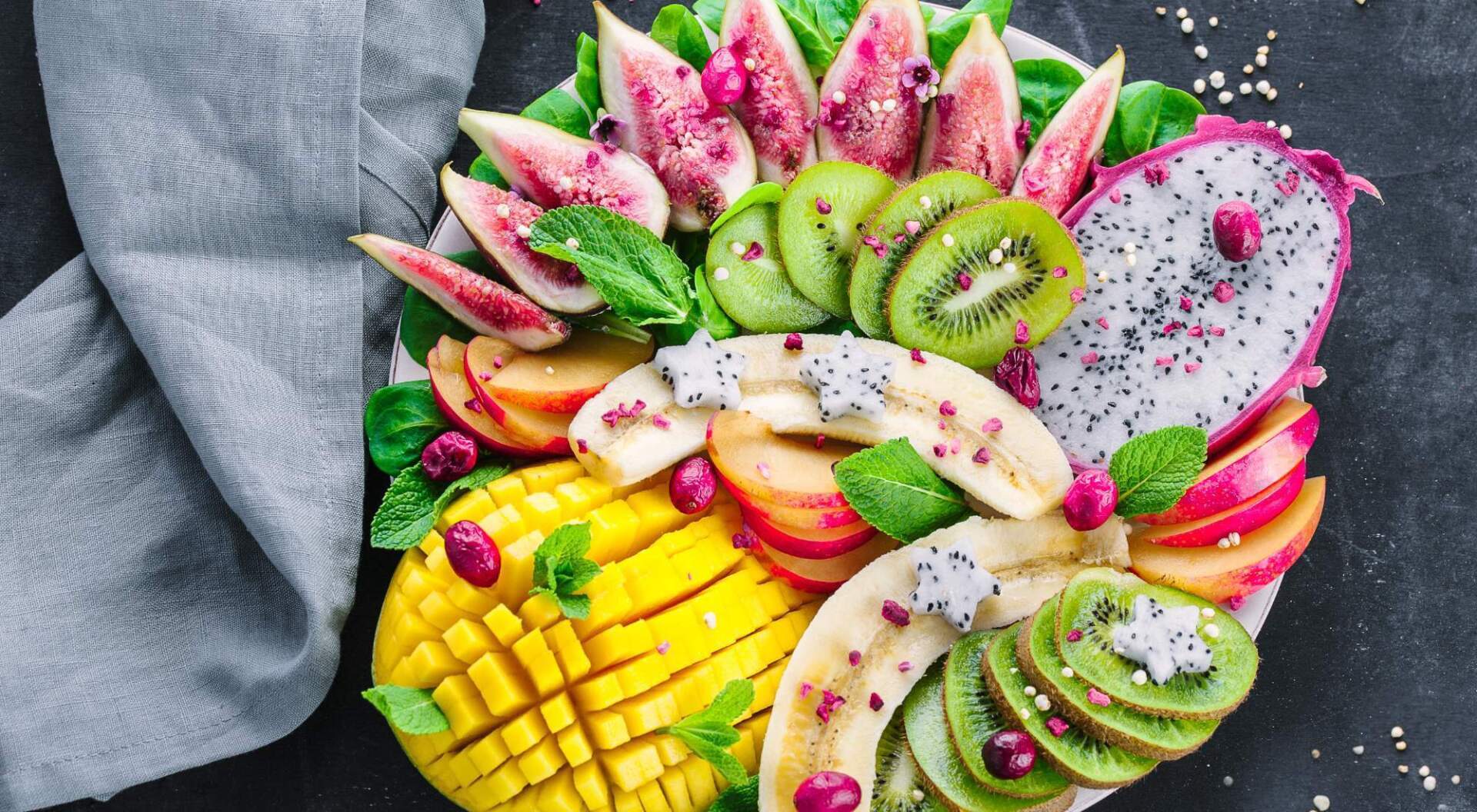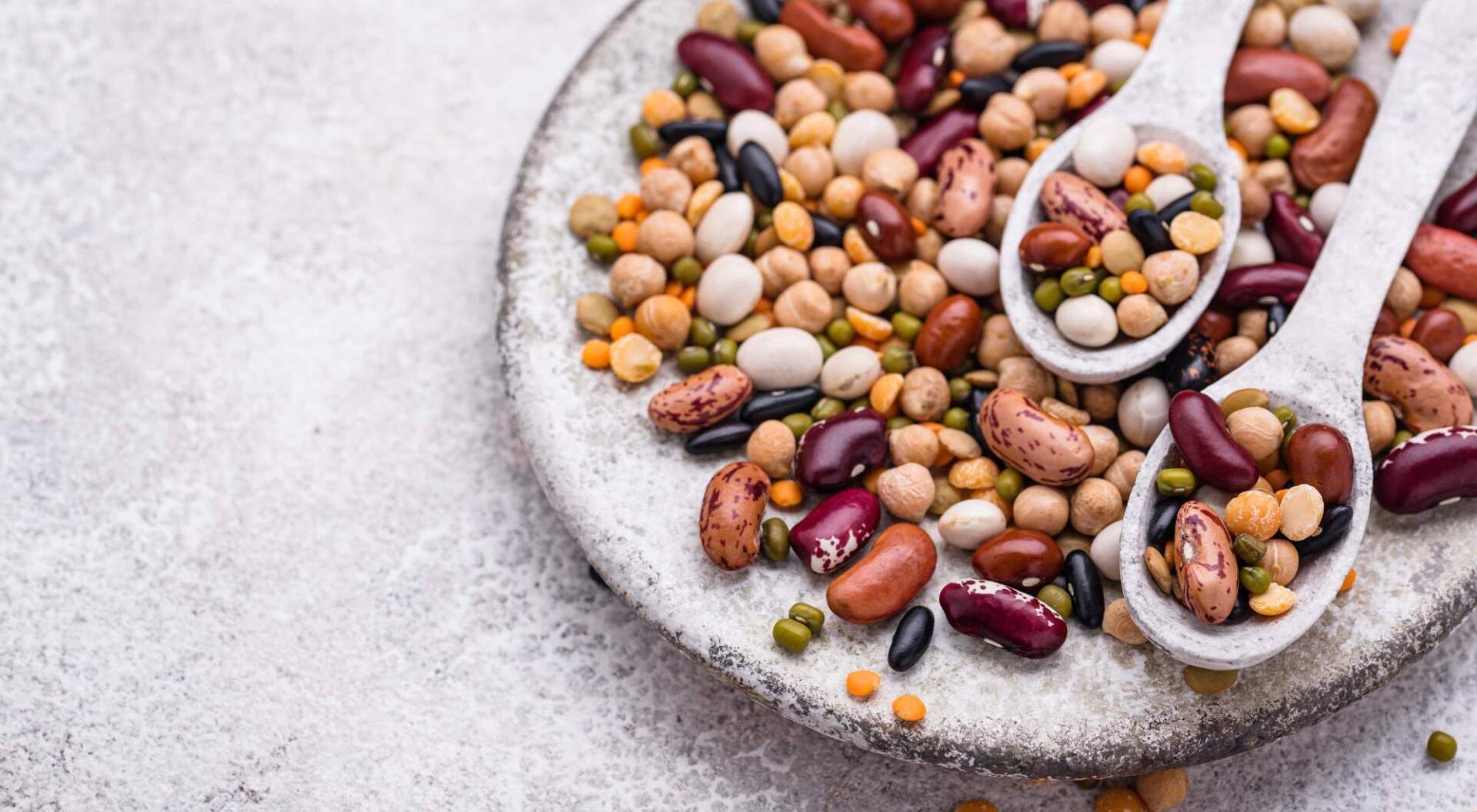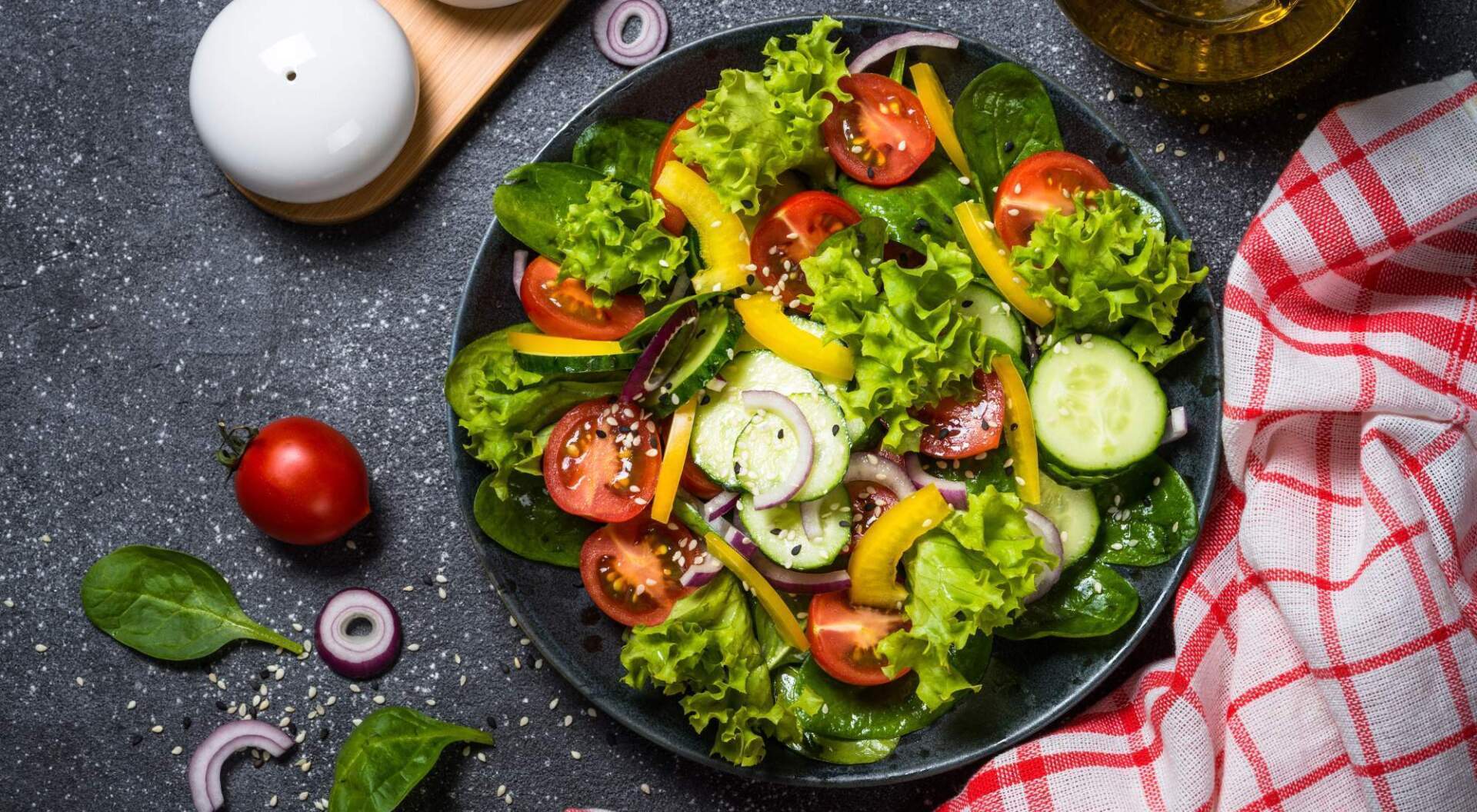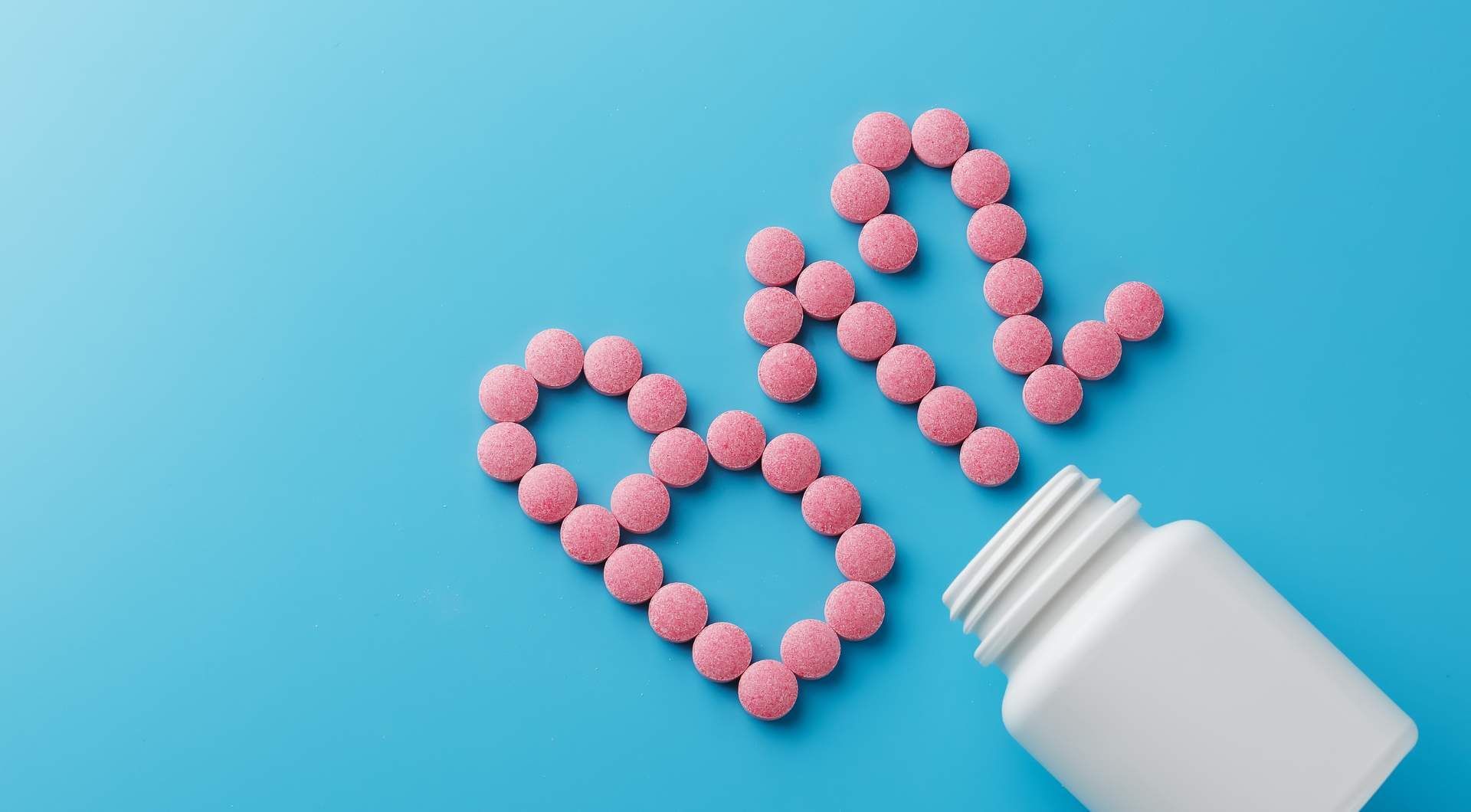Low-Histamine Diet: Your Questions Answered and Tips for Getting Started
"The content below is not intended to be a substitute for professional medical advice, diagnosis, or treatment. Always seek the advice of your physician or other qualified health provider with any questions you may have regarding a medical condition."
You can’t stop sneezing. Your eyes are so dry you’d rather scratch them out.
It’s not even allergy season, yet you're experiencing the worst symptoms. You’ve spent countless hours on Dr. Google — or with your actual doctor — trying to determine if you’re dealing with a histamine intolerance.
You’re willing to try just about anything, and multiple people have mentioned a low-histamine diet.
What is a low histamine diet, and how exactly could it benefit you?
We’ve done the research, and we’re answering your questions, providing examples of foods to eat or avoid daily, and tips on implementing a low-histamine diet.
Table of Contents
- What Is a Low Histamine Diet?
- How Does a Low Histamine Diet Work?
- High-Histamine vs. Low-Histamine Foods
- Benefits and Risks of Implementing a Low-Histamine Diet
- Low Histamine Diet FAQs
- 4 Tips for Implementing a Low-Histamine Diet
- Discover the Low-Histamine Elimination Diet That Will Work Best for You With Nutrition Response Testing at HealthierU
What Is a Low Histamine Diet?
Let’s not beat around the bush here. If you’re searching for answers, you’ve likely scrolled several pages that don’t give you the answers you’re looking for immediately.
If you’ve been diagnosed with histamine intolerance, a low-histamine diet (an elimination diet) can help you determine which high-histamine foods trigger a histamine response in your body.
The goal is to determine which foods are problematic, not to remove histamine from your diet completely — it’s nearly impossible to do so.
Histamine intolerance looks different for everyone, so determining which foods to eliminate also looks different for everyone. For some, histamines found in food may not affect them, while others may be highly affected by them.
Luckily, a low-histamine diet
can help you determine whether high-histamine foods are to blame for your symptoms or if you need to start looking elsewhere.
How Does a Low Histamine Diet Work?
Low-histamine diets work by slowly removing high-histamine foods from your diet and logging any symptoms you still have. As you continue to remove high-histamine foods and find that symptoms improve after removing a “trigger” food, you can temporarily remove that food.
After about a month, you may try the food again. If it’s triggering symptoms, again, you’ll remove the food from your diet again.
How quickly you eliminate and add foods back into your diet is determined by your tolerance and your symptoms — or lack of symptoms.
A low-histamine diet helps those suffering from histamine intolerance by:
- Minimizing the amount of histamine you are exposed to from foods.
- Removing foods that stop the DAO enzyme from doing its job. When the DAO enzyme is blocked due to certain foods, histamine stays in the body, causing uncomfortable symptoms.
High-Histamine vs. Low-Histamine Foods
While there is still much more research to be done, studies have shown that low-histamine diets may have benefits for those dealing with histamine intolerances.
But how can you differentiate high-histamine foods vs. low histamine foods?
Quantifying the amount of histamine foods is very difficult, as it varies greatly. That being said, a good rule of thumb is that foods that are …
- Aged
- Overly processed; or
- Fermented
… will likely have a higher histamine content than fresh foods, but there are limits to this too.
Let’s dig a little deeper into which foods you should avoid and which you may want to consume more of.
An Overview of Foods Low in Histamine
Although certain fruits and vegetables can cause a histamine response, eating whole, non-processed foods is ideal.
Foods to consume more of include:
- Fresh fruits: apples, pomegranates, pears, peaches, grapes, and plums
- Fresh vegetables: artichokes, arugula, carrots, onions, peppers, broccoli, cucumbers, squash, sweet potatoes, yams
- Fresh herbs: turmeric, thyme, rosemary, cilantro, parsley, basil
- Gluten-free grains: brown rice & quinoa
- Legumes: black beans, chickpeas, kidney beans
- Proteins: chicken, lean ground beef, lamb, turkey, salmon, egg yolks
- Nut-based milk:
hemp, cashew, almond
An Overview of High-Histamine Foods
If you suspect you may have histamine intolerance, consider avoiding, and potentially removing, the following foods from your diet:
- Aged cheeses: camembert, swiss, parmesan
- Fermented foods/beverages: pickled vegetables, sauerkraut, kombucha, kefir
- Processed meats: deli meats, bacon, sausage, ham, pepperoni, chorizo
- Citrus fruits
- Spices/Condiments: cinnamon, cloves, chili powder, vinegar
- Processed/Packaged foods
- Additives
- Preservatives
- Food coloring
- Alcohol
- Tea
- Soy
- Shellfish
- Yeast
Benefits and Risks of Implementing a Low-Histamine Diet
If you are dealing with histamine intolerance, a low-histamine diet may be used as a diagnostic tool. When you eliminate foods high in histamines from your diet for a period of time and slowly add them back in, you (and your doctor) can learn about your sensitivities to foods containing histamines.
Avoiding foods high in histamines may also reduce symptoms — specifically hives — caused by histamine intolerances and allergies, according to a 2018 study.
Those interested in trying a low-histamine diet must do so in collaboration with a physician. Although a low-histamine diet may help with histamine intolerance symptoms, if done incorrectly, it can lead to malnourishment.
Low-histamine diets can be relatively hard to sustain for those who do not have time or funds to consistently prepare fresh — not packaged prepared — foods.
Low Histamine Diet FAQs
Can Histamine Be Completely Eliminated From Your Diet?
Most foods contain some amount of histamines, so completely eliminating histamines from your diet is not possible. Determining which foods are low or high in histamines can be difficult and is still being studied.
Because food contains bacteria, and certain bacteria react with substances in foods and produce histamine, the amount of histamine in those foods increases over time.
Is a Low-Histamine Diet Sustainable?
A low histamine diet is often used temporarily until a histamine intolerance can be better managed.
A low-histamine diet can be fairly hard to maintain because pre-prepared foods, pre-packaged, processed, and canned foods are to be avoided. This becomes a problem for many people when they:
- Rely on the convenience of these types of foods; or
- Cannot afford to purchase fresh foods for every meal.
Do Food Preparation Methods Matter in a Low-Histamine Diet?
Yes, studies have found that certain food preparation methods can increase histamine levels in food. For example, grilling and frying foods increase the histamine levels in the foods.
Boiling foods, on the other hand, has been found to reduce, or even eliminate histamines, in foods.
If you are on a low-histamine diet and cannot consume all of your foods fresh, it is also important that anything that you cook be frozen immediately and do not thaw the food until right before you are going to eat it.
What Does a Daily Menu Look Like on a Low-Histamine Diet?
Although a low-histamine diet takes effort, it doesn’t have to be boring. A day in the life of someone on a low-histamine diet may look something like this:
Breakfast: Chia pudding made with almond milk, chia seeds, and pomegranate
Snack: Stuffed mini-peppers filled with non-aged cheese and rice
Lunch: A turkey sweet potato hash
Dinner: Almond-crusted cod, broccoli salad, and boiled potatoes
Snack: Poached pears with chia seed granola or these easy pumpkin seed cluster bars
Creating a low-histamine meal plan can feel intimidating, but as you learn what foods your body reacts to and which it does not, the journey
will get easier. The key is to remember to use as many fresh foods as possible.
4 Tips for Implementing a Low-Histamine Diet
#1: Work With a Dietician or Nutritionist
As with any medical condition, we don’t recommend you start any drastic changes, especially by yourself. Always consult your dietician or nutritionist about your interest in a low-histamine diet.
At HealthierU, Dr. Sergi can help you overcome your histamine intolerance through Nutrition Response Testing and determining which foods your body reacts negatively to. We’ll work together to create a nutrition plan unique to your body’s needs.
You don’t have to deal with histamine intolerance alone. Contact us today to learn more about our holistic approach to health.
#2: Keep a Detailed Food Diary
Keeping a food diary is key to understanding which foods your body reacts to.
Since there is no way to quantify the amount of histamines in your foods, it is important to keep track of:
- Which foods you’ve eliminated
- Foods you’ve added; and
- How much of each food you consume
When you experience symptoms or realize you’re experiencing a lack of symptoms, you can look back at your food diary to see which foods may be higher in histamines.
When you create your food diary, be sure to include:
- All the foods you’ve eaten
- The time when the foods were eaten
- The response you had throughout the day to those foods
Your food diary doesn’t have to be fancy. You can simply keep a small notebook in your purse or maintain a diary in the notes section of your phone.
#3: Focus on Eating Food in Its Original Form
The best thing you can do for yourself on a low-histamine diet is to stick to foods that are in their original form — fresh, not pre-packaged, foods.
Avoid:
- Junk food
- Processed foods
- Foods with lots of ingredients on the nutrition label
- Fresh foods that have been sitting in the refrigerator
- Fermented foods
- Artificially flavored/colored foods
- Foods containing preservatives
#4: Prepare Your Own Meals
Although food-delivery services, prepared meals and going out to eat can be very convenient — especially when living an on-the-go lifestyle — preparing your own meals is the safest way to maintain a low-histamine diet.
Ensuring that your ingredients are fresh and prepared properly may help you avoid any unexpected or unnecessary histamine exposure.
Discover the Low-Histamine Elimination Diet That Will Work Best for You With Nutrition Response Testing at HealthierU
Are you struggling with sneezing, rashes, uncomfortable itching, or other symptoms associated with histamine intolerance?
You don’t have to struggle alone.
At HealthierU, we’ll work together to create a unique-to-you plan to determine which foods are problematic and how to reduce your exposure to histamines in the foods you consume.
Unsure if you’re dealing with histamine intolerance or a completely different condition? Nutrition Response Testing can help determine any underlying conditions that may be causing your symptoms, including histamine intolerances.
Don’t suffer in silence anymore.
Contact
HealthierU today for more information on how we can help you get started on a low-histamine diet specifically designed for your unique needs.

